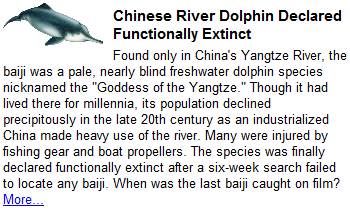De-licensing, implementation of open-market policy and other liberal economic policies has helped the Indian Telecom sector register a remarkable growth during the last 5 years. Indian Telecom sector today is the second largest and the fastest growing telecom market in the world only after
While all major telecom companies like BSNL, Bharti, MTNL, Reliance and Tata Infocomm have experienced a drastic increase in their subscriber base over the last few years, Average Revenue per Unit (ARPU) continues to be a major concern as price competition shows no sign of boiling down. According to TRAI, as of December 2008, the total subscriber base stood at 346.9 million, growing from 0.9 million as on March 1998. Despite growing subscriber based, mobile penetration still continues to remain at a low 27% compared to 94% in the
Due to growing competition and declining ARPU, large telecom players including Bharti, BSNL and Reliance are now increasingly focusing on rural and Class B and C circles to capture the untapped subscriber base. Since growth will be coming from lower income strata, it can safely be assumed that APRU will continue to slide further.
ARPU and MoUs (Minutes of Usage) are two critical factors for a telecom company as it directly impacts its EBITDA (earnings before interest tax depreciation and amortization) margins and IRR (internal rate of return). In the past, telecom companies were able to improve their EBITDA figures by amortizing cost over large and growing subscriber base. However, cut-throat competition and declining ARPU is increasing the pressure on these companies’ EBITDA an IRR.
Sharing of telecom infrastructure seemed to be the most logical step towards improving capital efficiency and reducing the cost of maintaining passive telecom infrastructure, besides enabling them to focus on their core operations. Return on Capital Employed (RoCE) and Profits are also positively impacted when telecom operators prefer to lease towers instead of owning them.
A tower infrastructure company provides passive telecom infrastructure on a sharing basis to telecom operators by entering into Master Service Agreements (MSAs) with them. While sharing of telecom infrastructure is now the order of the day across the world, the extent to which they are shared depends on the competition and regulatory climate in each country.
In order to improve operational and capital efficiencies, large telecom companies including Bharti Airtel, Reliance Communications and Tata Teleservices, hived off their tower divisions as separate companies. This benefitted them not only in the form of reduced operating cost and capital requirement, but also unlocking of significant value. Tower infrastructure subsidiaries always have the advantage of an assured occupant. As per ICRA, telecom infrastructure can generate good returns after achieving an average occupancy ratio of 1.7.
Besides hived off telecom infrastructure subsidiaries, there are several Independent Telecom Infrastructure Companies (ITIC) that build passive and active telecom infrastructure on anticipatory basis and rent it out to operators. For example, Essar Telecom Infrastructure Limited, Xcel Telecom Private Limited, GTL Infrastructure Limited, Quippo Telecom Infrastructure Limited, Vision India Private Limited, Aster Infrastructure Private Limited and TVS Interconnect Systems Limited.
ITICs are at a disadvantage against other telecom infrastructure subsidiaries as they have no assured occupants. Moreover, large telecom operators have their own infrastructure subsidiaries. As such, ITICs focus on regional and new operators. Unitech, Swan Telecom and S Tel Limited are some of the new entrants that will bank on such ITICs to optimize their investment.
Mobile tariffs are currently so low that any further reduction in tariffs will be impossible. The only distinguishing factor will be the quality of service provided by telecom operators. Given the scarce spectrum coupled with ever increasing number of subscriber base, providing good quality of service will demand additional passive and active telecom infrastructure thus increasing the demand for ITICs. Introduction of mobile number portability with limited switching costs is seen to be another important factor that will drive the ITIC sector.
Driven by intensifying price competition, mobile tariffs are now the lowest in the world. Consolidation is now expected to be the strategic and most logical step in the future, which will be supported by the rapidly increasing number of ITICs.












Do you have any more information on Indian Telecom Industry.
ReplyDeleteI do provide professional analysis reports at reasonable charges. You can mail me at Geetika_sh@indiatimes.com.
ReplyDelete